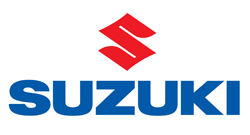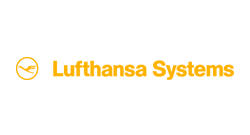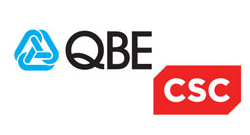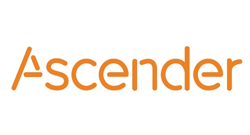How Does MFT Help Your Business in the Cloud?
A guest blog written by our Fortra GoAnywhere partner
An increasing number of people are switching to cloud infrastructure for their businesses, and there are good reasons to do so. As an abundance of companies has already transitioned to the cloud, migrations are increasingly taking place within the cloud, as these organisations migrate between different cloud providers (known as cloud-to-cloud migration). But for those making the initial foray to the cloud, there are a few critical items to consider.
In doing so, businesses have now found themselves in a new territory of data transfer and protection. Newfound challenges emerge and organisations need to come up with solutions sooner rather than later to avoid the risk of exposing their sensitive data to cyber risks and breaches.
Lets explore these these pitfalls…
Ineffective data management
Many businesses insist on using traditional methods and protocols to handle secure file transfers between on-premises and the cloud, or between cloud platforms. However, as with many security solutions, legacy practices are not adequate in a cloud environment, let alone in a multi-cloud setting. Even if they opt for a cloud-based data transfer solution, a lack of effective management impedes the potential of protecting this sensitive data, creating more security challenges.
Who controls your data?
When your data resided on-premises, you had full control over who is accessing it and how this data was transferred between departments or organizations. However, with more and more data being moved to the cloud, a crucial question arises; who controls your data?
This is a pressing issue not only from a security standpoint but also from a compliance one. Data sovereignty is an emerging trend among many privacy and security regulations, and many laws require that your data is localized within your jurisdiction. Lack of appropriate control over your data transfers may be the cause of huge fines because of privacy compromise.
Complexity and its consequences
While moving your data to the cloud sounds like a “copy-paste” type of task, the truth is that it is much more complex than that. Before moving your data to the cloud, you will have to answer several crucial questions, including:
- Where is your data stored?
- Which systems access which data?
- Is it feasible to move your data to the cloud?
The problem is further exaggerated when you are to move data between different cloud platforms. Are the platforms interoperable? With many complexities in place, operational costs and security risks can only increase.
Security vs employee experience
The common denominator of the previous challenges is data security. Although cloud security is a shared responsibility between the cloud provider and the cloud customer, the security of data in the cloud is the sole responsibility of the organization. However, security should not come at the expense of employee experience. Therefore, the add-on challenge is how to balance two issues that seem at odds – security and usability. If you ruin this fragile balance, you will feel the repercussions on your business productivity and – not surprisingly – on data security; your employees will try to find ways to circumvent your security controls to have their job done.
How can Managed File Transfer help you overcome these challenges?
A Managed File Transfer (MFT) solution is a product that encompasses all aspects of inbound and outbound file transfers while using industry-standard network protocols and seamless encryption. It can automate and transfer data across your network, systems, applications, trading partners, and cloud environments from a single, central point of administration. An MFT solution can be used by organisations of all sizes for encrypted file transfer needs, ranging from a few dozen a week to a few thousand a day and more.














